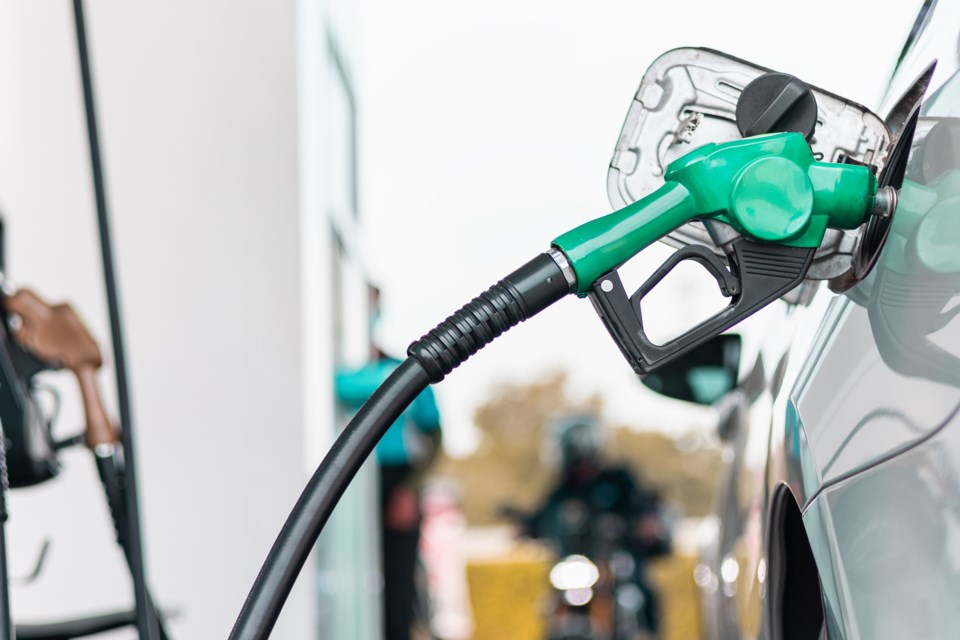My in-laws recently took advantage of lifted COVID restrictions to take a cruise to Alaska where the temperature reached an unheard of 28 Celsius, a full 12 C warmer than the high in Whistler that day. They had travelled about 1,200 kilometres north of Vancouver, which is almost the same distance as it is to travel south to San Francisco—where it was also colder than Alaska.
As worrying as those extremes are in the far north, they’re not exactly a surprise—climate change is unfolding more or less as predicted, especially here on the south coast of B.C. While large parts of the world are substantially hotter and dryer—like south Asia and the drought-plagued southern United States—long-range forecasts for this part of the world are for cooler and wetter seasonal weather, but with more frequent heat waves and dry spells during the summer to bump up the inevitable fire risk. The models also call for shorter winters, higher winds, and more intense storms.
The effects of climate change are real, serious and worse than any of us expected. In the past 12 months, this region has set at least five major weather records that I’m aware of.
The heat dome of 2021 set a new summer temperature record over 42 C, smashing the old Whistler high by about six degrees. Usually, weather records are broken by a single degree or, more often, a few tenths of one degree. Six degrees is a massive jump. I went for a trail run a few days after the worst of the heat and experienced a literal rain of needles falling from trees that had dried out and were going into survival mode.
That event was followed by a terrible wildfire season across the province. It was only the third worst in terms of total area burned, but B.C. did set a record for the most fires happening at the same time—almost 300 at one point. People living in the Okanagan suffered through air quality advisories for weeks at a time.
In the autumn, things got weird. The Lower Mainland experienced two “water tornadoes,” one of which hit ground around UBC in early November. We were driving to the city during the second event, and while we didn’t see the water spout, we did see flashes as transformers exploded on poles in West Vancouver.
A little over a week later, rainfall records were shattered across the Lower Mainland with hundreds of millimetres falling on some areas in a matter of days. That triggered massive floods that washed out sections of almost every major highway system. And it’s not like these highways weren’t built for heavy rain—B.C. already gets plenty of water in a normal year.
The end of December and early January gave us a record cold snap with temperatures hovering around -20 C for more than a week, causing pipes to freeze and burst all over Whistler. It was a natural disaster that caused millions of dollars in property damage.
And now June-uary has returned to Whistler with a vengeance.
Although the weather was improving when I submitted this column, Vancouver got a month’s worth of rain in the first week of June and was on track to have one of its coldest Junes in history. As of last week, the city had only one day where the temperature hit 20 C in all of 2022. I don’t know if Whistler set any kind of records, but I did compare our daily highs on the Environment Canada website and temperatures have been hovering at three or four degrees below average for months now.
We’re not the only region experiencing crazy weather—far from it. Judging by the news, there is reason for concern practically everywhere on the planet, from the Arctic to the Antarctic and all points in between.
The distant threat posed by increasing greenhouse gases isn’t so distant. The unknowns are rapidly becoming clear. Climate change is now being recognized as a contributing factor in all of these weather events and natural disasters as concentrations of carbon dioxide hit levels the planet hasn’t seen in about 4 million years.
Yet, even as climate disasters kill thousands and cause billions of dollars in damage, all some people want to talk about these days is the price of gas.
I get it, expenses are going up and life is harder now for people already struggling with the high cost of living. But the reality is that while we’re focusing on the price of gas, the actual cost of gas—billions of dollars lost in one climate catastrophe after another—is taking a back seat.
At this moment there are proposals across Canada to eliminate, or at least pause, the carbon tax, even though it’s a far smaller contributor to the price at the pumps than the war in Ukraine, supply cuts by oil producers, and some likely gouging on the part of oil and gas companies taking advantage of the chaos.
But if there’s one thing the last year should have taught us it’s that we can’t ignore the real cost of gas anymore—floods, fires, droughts, food shortages and crop failures, rising claims and insurance rates, and other impacts. If it takes unaffordable gas to force people to finally make changes then maybe there’s a silver lining that we’re missing.
If not now, then—honestly—when?




